For the modern photographer, Licensing represents the future of images. It’s an easy way to earn monthly income (and gain international exposure) doing what you do best. We asked some top Licensing Contributors from the 500px community about making the most of this rapidly expanding marketplace, and they offered up some of the valuable insight they’ve accrued over the years. Keep these key principles in mind, and the possibilities are endless.
1. Stock is changing
Forget everything you think you know about “stock” photography. In this day and age, stereotypical, cookie-cutter images are out. Natural photos are in. Forget picture-perfect smiles, and opt instead for real, genuine emotion. Go for a “first-person” perspective. Think outside of the box, and give users something they aren’t expecting.
“I am loving where the market is heading for stock photography,” the Maryland-based family photographer Winnie Bruce tells us. “I wish someone told me to start it sooner!” Because she works with real people and real families, her lifestyle images have that authentic, documentary feel that buyers are craving these days.
2. It’s a numbers game, to a certain extent
The more high-quality images you have, the better your chances of making a sale. Renat Renee-Ell, a conceptual fashion photographer based in Saint Petersburg, is often surprised by her best-sellers. “The best advice an editor ever gave me is to try licensing more work,” she tells us. “Aim for different moods and different styles. You never know what will hit the spot.”
Set aside some time to devote to your Licensing portfolio, whether that means organizing fun new shoots or indexing old ones. Remember to carry your camera everywhere—you’ll only regret the photos you didn’t take. Try submitting different kinds of photos, and keep track of your sales.
3. Research is the key to success
Not all amazing photos generate sales, so the first step is to study the market. “Keep up-to-date with what is actually being bought or sold,” the Calgary-based photographer Aidan Campbell suggests. “The demands of buyers change all the time, and the more a photographer is able to stay on top of requests and demands, the better their Licensing sales will be.”
Search for photos like yours in the 500px collection on Getty Images, and see what shows up at the top. Browse Popular photos and the Editors’ Choice collection, and look for patterns or topics that come up again and again. Karen Biilmann, Art Director & Creative Research Lead at 500px, gives a monthly behind-the-scenes peek at what’s trending in Licensing, so keep an eye out for her posts.
Additionally, look for gaps in content. What topics and subjects aren’t already saturated with images? Fill that niche with your own photos.
4. There’s a crucial distinction between “editorial” and “creative” photography
When you submit your images, they’ll be classified as either editorial or creative/commercial. Buyers can use creative images for all sorts of things, including advertisements and promotional materials. The use of editorial images, however, is more restricted. Users can buy editorial photos to illustrate current events or news, but they can’t use them to sell anything.
The market for creative/commercial images is larger, but in order to be accepted as a creative photo, it has to pass some basic tests. For example, you’ll need a release for any recognizable people or property. You also can’t have anything that’s copyrighted, like a logo, in frame.
If you’re a photojournalist or you specialize in reportage, chances are the bulk of the images you submit will end up being editorial. This rule protects people who haven’t given their permission from appearing in advertisements for products they have no connection to, but it doesn’t preclude publications from purchasing them for their breaking stories.
If you want to license editorial images, keep in mind that your photo needs to meet the highest standards. You’re illustrating a real-life event, so it’s important to be accurate.
5. You own the copyright to your photos
Images from the 500px collection are royalty-free, which means that buyers pay a one-time flat rate to use them, but not to own them. They cannot then sell them to another party. You maintain the copyright.
6. You don’t need to spend money to make money
As a Licensing Contributor, your images have to be of the highest quality, but that doesn’t mean they need to cost an arm and a leg. It’s possible to create marketable images without a huge budget.
Chances are you have some sellable photos sitting in your archive, waiting to be uploaded. Long-term personal projects could yield profits, as could outtakes from previous shoots. Sift through what you already have, and see if you can find anything worthy of submitting.
There’s no cost to submit your photos for Licensing through 500px, but you will take something home from each sale. In fact, you’ll earn 60% of your net sales if you license your photos exclusively through 500px—this means that they aren’t available for sale anywhere else.
7. First impressions matter
Buyers scroll through hundreds and hundreds of images looking for one to suit their needs, so your photo has to grab their attention. Remember that most users will see your photo as a thumbnail before clicking on it to examine it up-close.
Keep your compositions simple and free of distracting elements, but make sure they pack a punch. You can inspire that immediate reaction in a myriad of ways: a pop of color, an unusual composition, or a priceless facial expression. Be bold!
Learn more about 500px Licensing and how you can become a Licensing Contributor today.



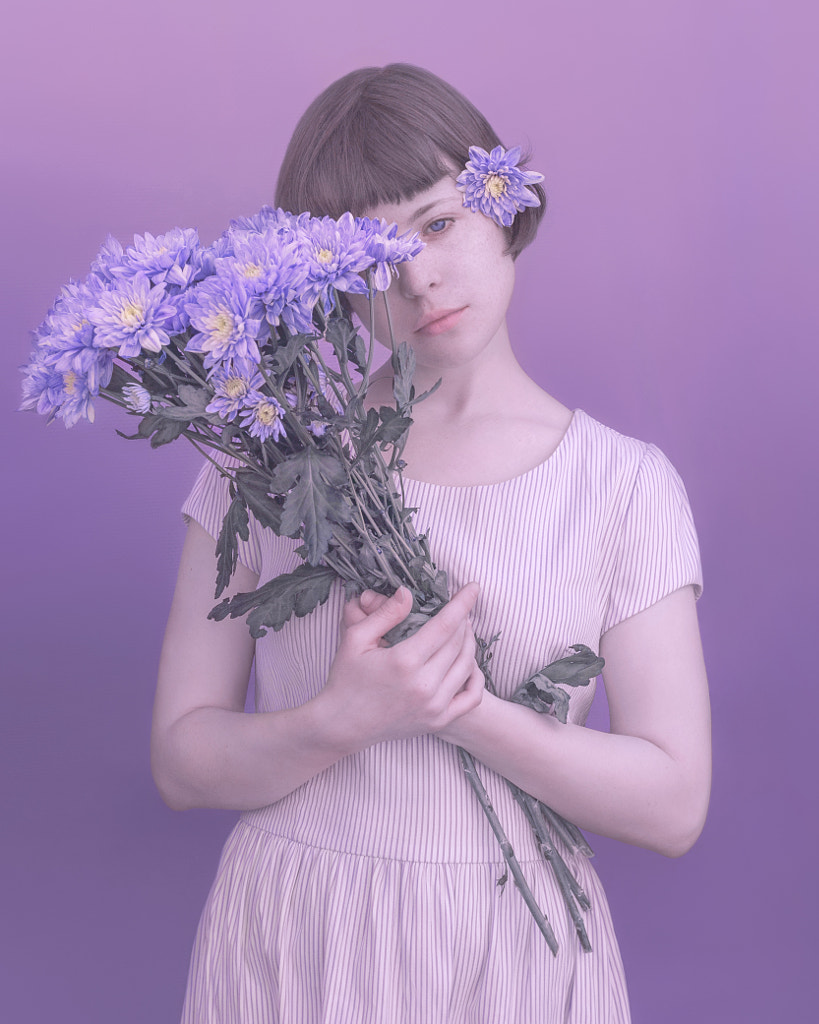
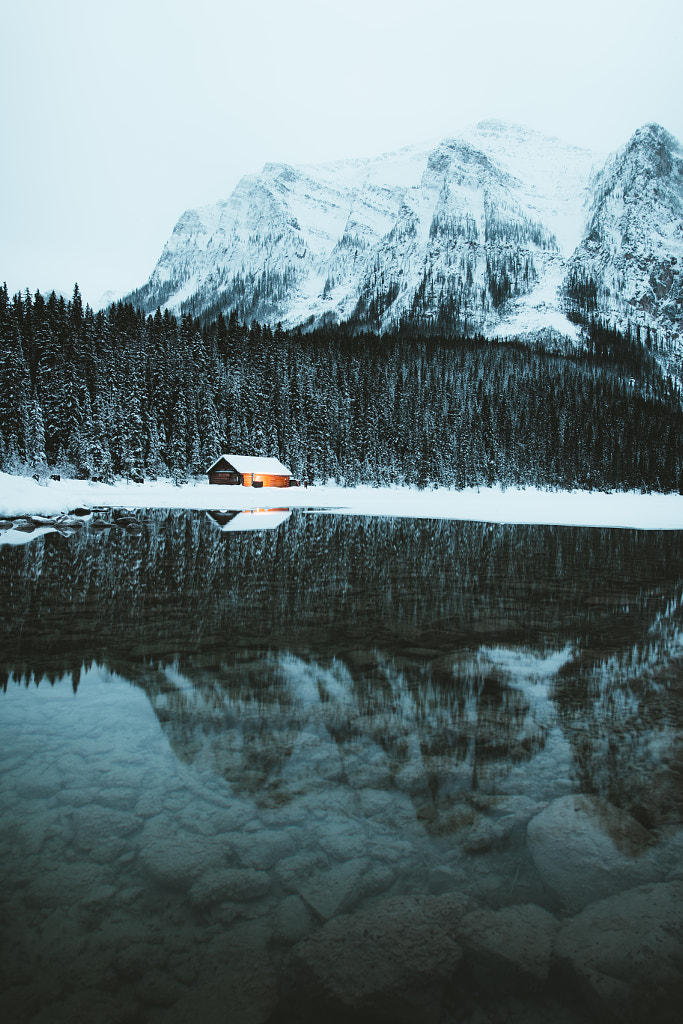


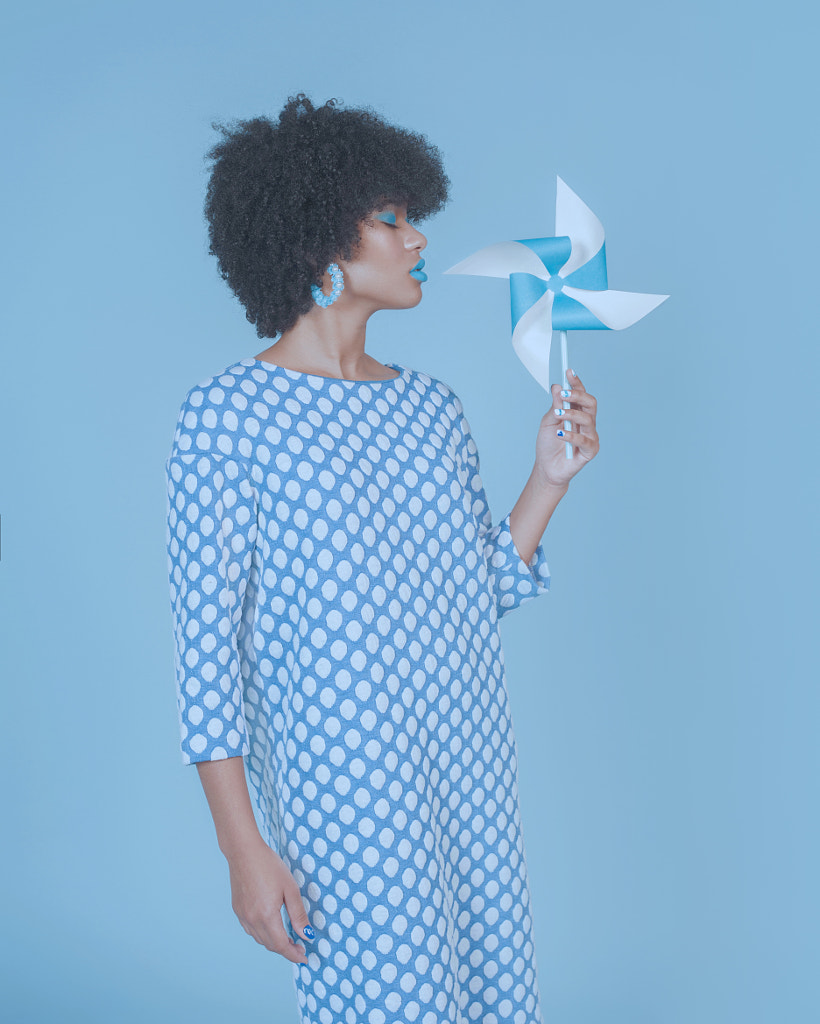

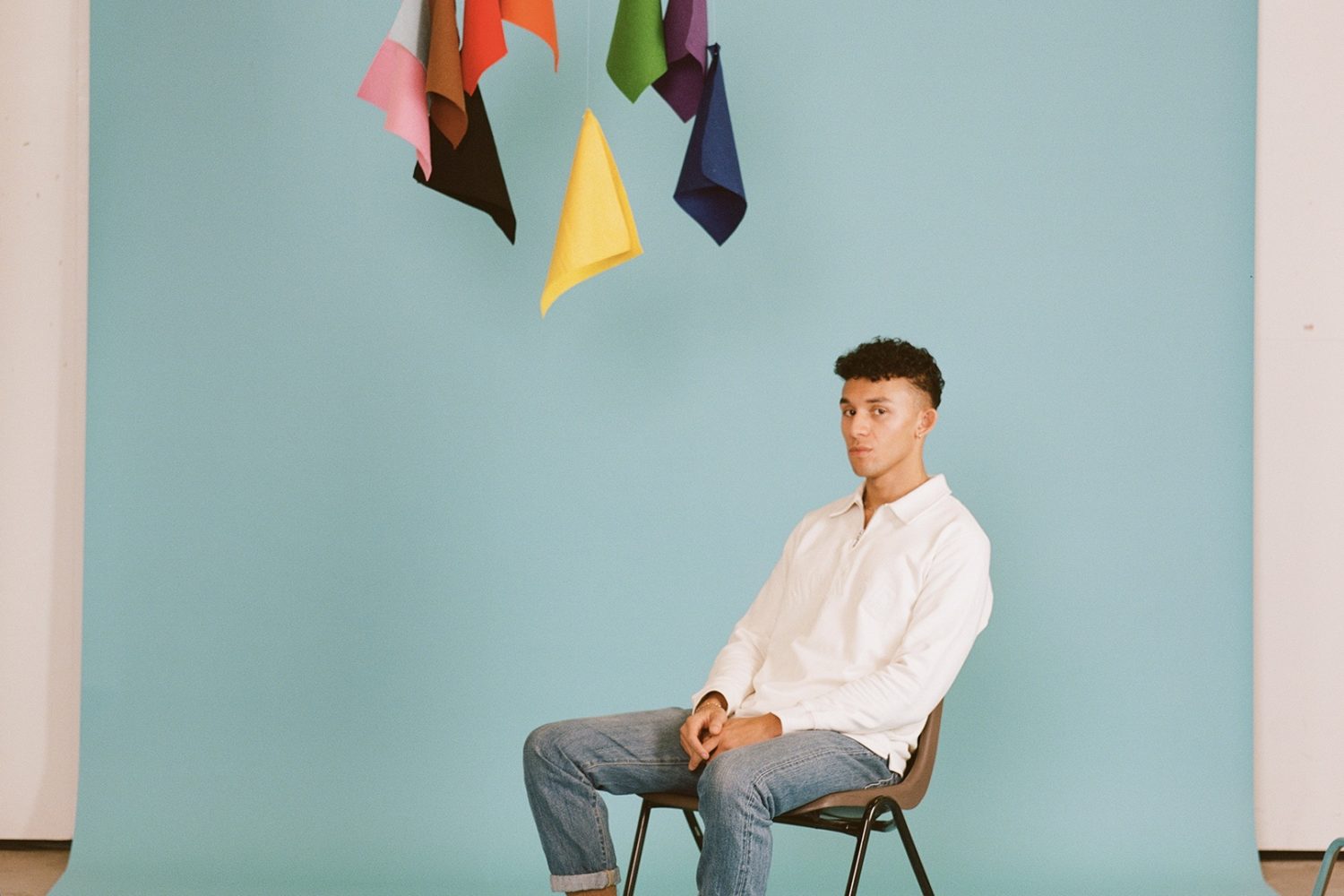

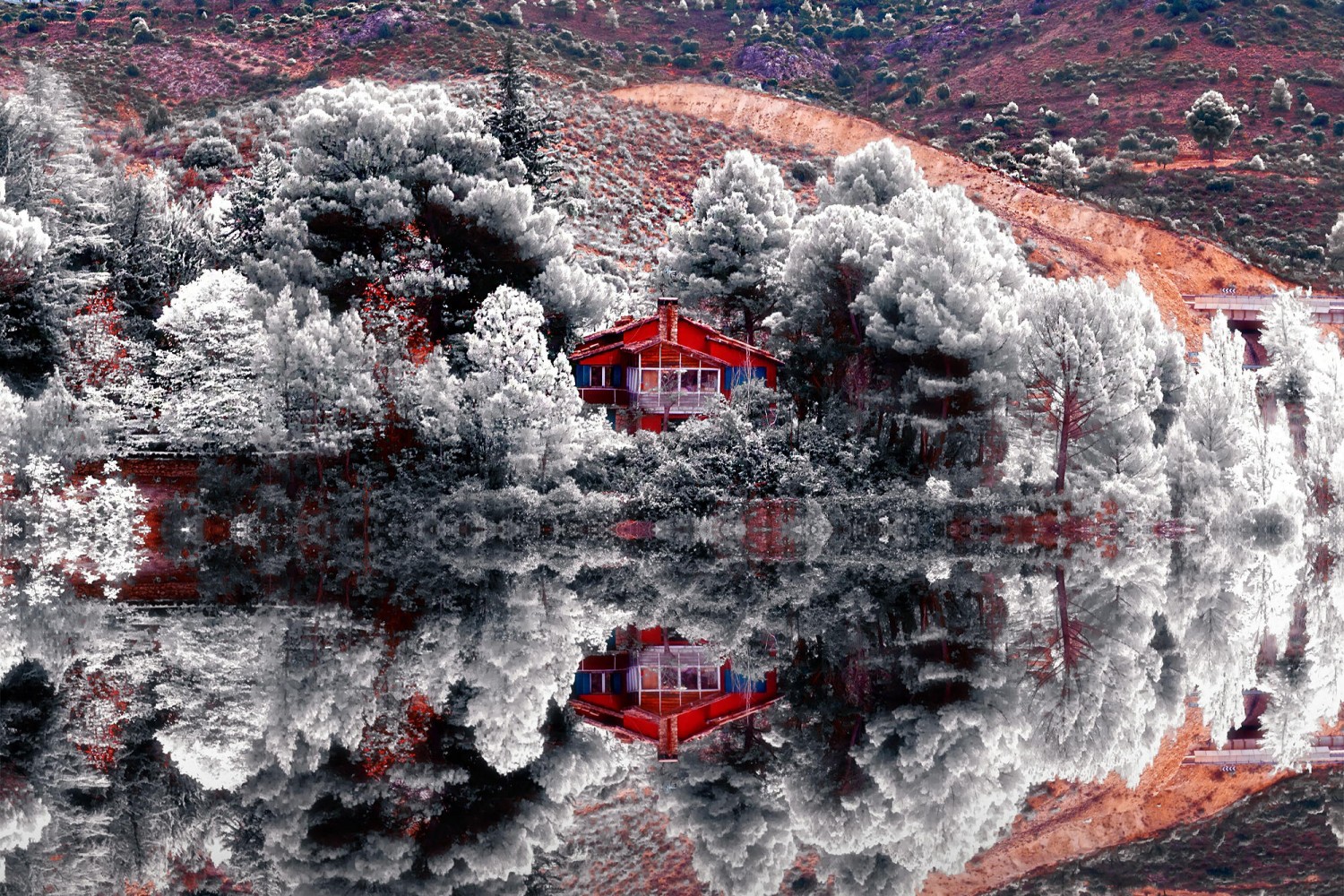

Leave a reply